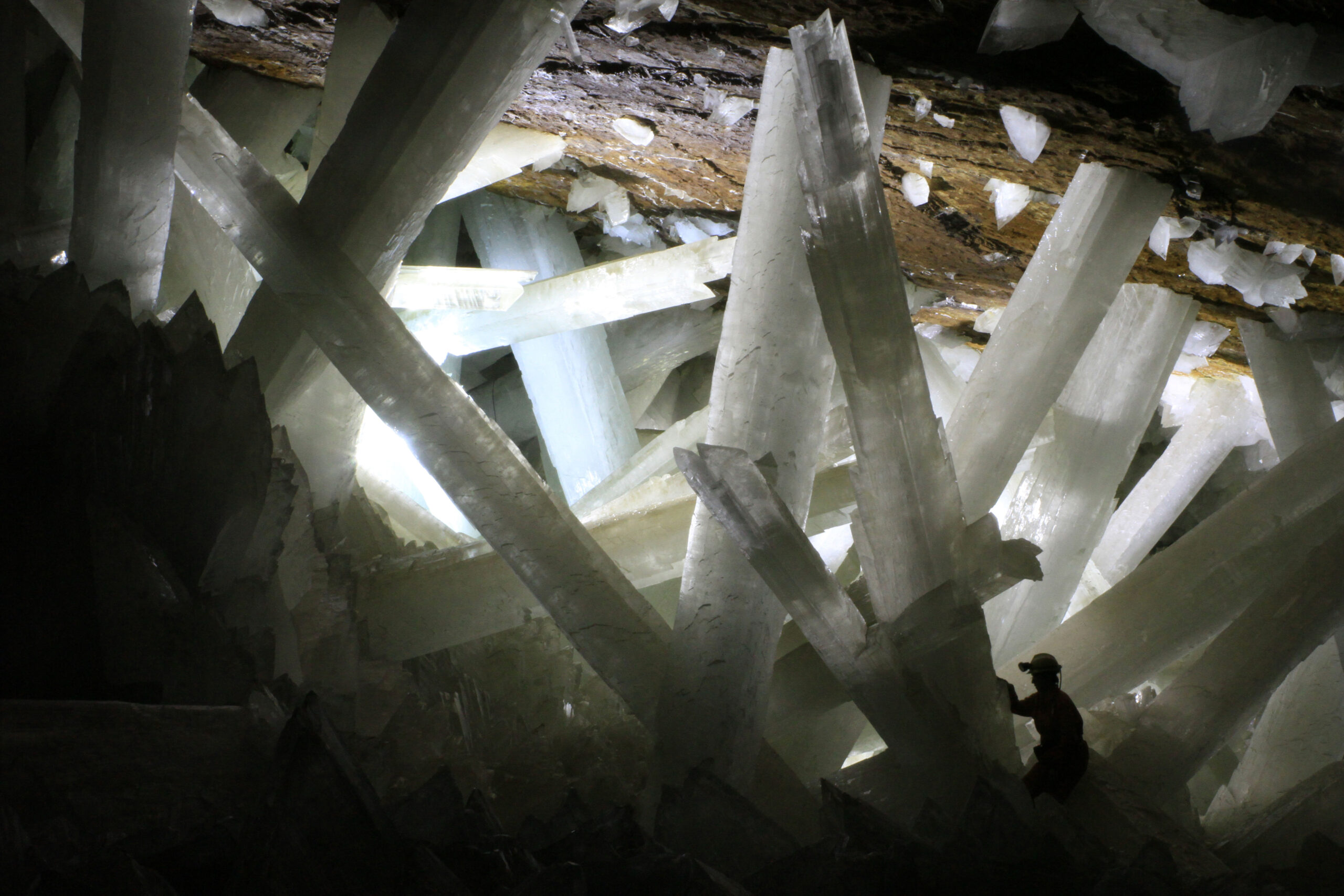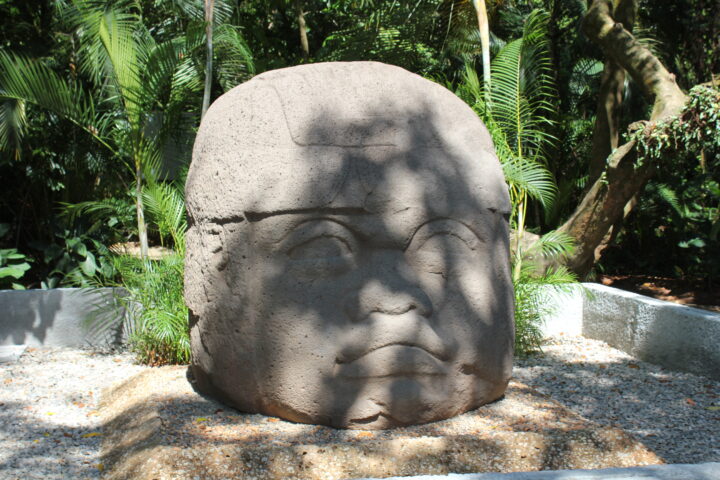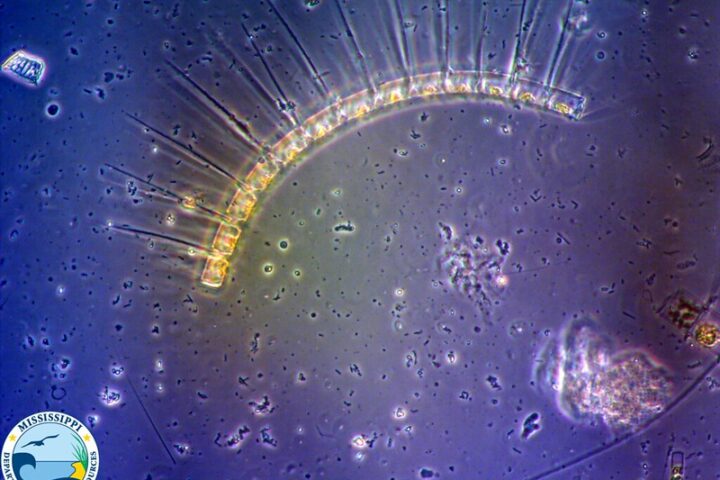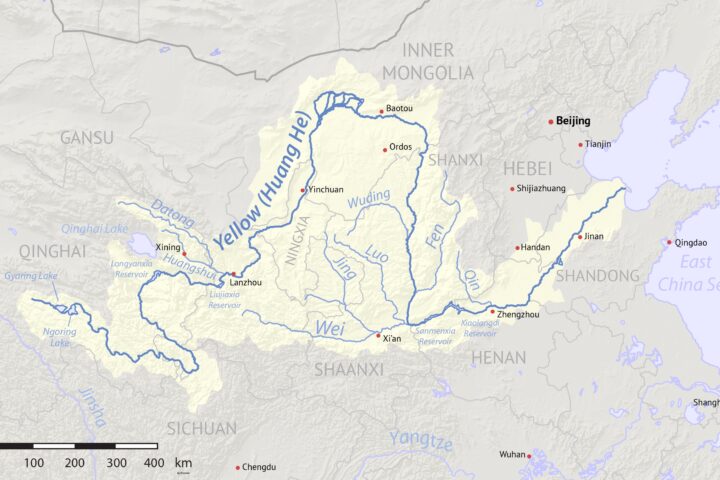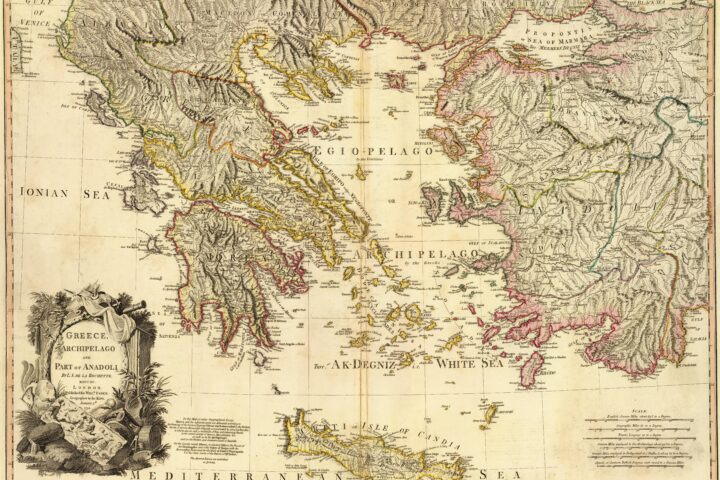Source: Wikimedia_Cristales_cueva_de_Naica_naica-crystal-cave-giant-crystals-discovery
High in the earth of the state of Chihuahua, México, lies a subterranean chasm that has captured the curiosity of scientists and explorers from around the world—the Cave of Crystals. This is such a wonderful, amazing chamber located in the bowels of the Naica Mine that houses some of the world’s biggest ever found natural crystals. These gigantic gypsum formations take on the appearance of something out of the otherworldly, a place of great interest for all types of scientific research, providing ever-increasing wisdom on the geological processes of the Earth, unmatched in scale.
The Cave of Crystals was unearthed in the year 2000 by miners tasked with making a new tunnel for the Industrias Peñoles mining company. The Naica fault was breached, and they stumbled into something breathtaking: a large cavern filled with transparent, crystalline giants. The gigantic gypsum crystals, some of them as large as 10 meters or more in length, glistened in the light of the miners’ lamps, creating an ethereal atmosphere.
The discovery opened up a world of possibilities. What kinds of conditions could cause such gigantic crystals to form? The answers to these and other questions drove research and exploration, some of which literally brought the Cave of Crystals to light.
The Chemistry of Crystal Growths
The cave of crystals is the result of a complicated interplay between geology and chemistry. Most of the crystals are made of gypsum, a hydrated calcium sulfate mineral. In order for such crystals to form and grow as large as they did, certain conditions were required:
High Temperature and Pressure: The Cave of Crystals is located about 300 meters deep. It experiences very hot conditions because the overlying rock inflicts much on the system. This led to very high-temperature conditions, which, coupled with the very high pressure exerted by the overlying rock, were very conducive for the growth and formation of crystals.
Abundant water: Water in one way or another was highly instrumental in the formation of gypsum crystals. Underground moving water was highly saturated with calcium sulfate, which is one of the required constituents when forming crystal structures.
Slow rate of cooling: The slowly but steadily cooling of this water-rich environment favored crystal development for large-sized ones. With the rapid coolness, only smaller and incomplete crystals could be found.
Thus, this mix constructed a factory making crystals inside the cave, and the gypsum crystals could grow and multiply over time — several thousand years.
An Ecosystem
While the Cave of Crystals is a marvel of natural beauty, it is not easily explored. The setting in this cave, related to the extreme conditions in temperature and humidity, poses things that would feel very difficult for a man to explore. In this regard, scientists and researchers have to take extreme care in preserving this cave in its original form.
The temperature conditions and humidity in the cave present a serious health hazard to human beings. The adventurous men have to put on special protective attire to shield them from heatstroke and dehydration. This is beside the crystals, which are relatively fragile and can easily get damaged on human touch. Most researchers often rely on remote sensing techniques and robotic means of exploration in order to minimize the impact on the ecosystem of the cave.
Revealing the Secrets
With respect to this, the researchers managed to discover quite much in the cave despite the difficulties. The crystals have been researched pertaining to their composition in addition to the patterns of their growth which shows the geological history of the area. The extremely low environment in this cave also provides an opportunity regarding the studies of several extremophiles, including microorganisms.
One of the most intriguing questions about the Cave of Crystals is its age. The task of determining the age of these colossal crystals is complex, but recent studies suggest they formed over hundreds of thousands of years. This extraordinary timeframe, for it imparts the patience required for nature to create such a magnum opus, in the approach of nature.
Conservation and Future Research
Preserve the Cave of Crystals for posterity. Measures and ideas to protect the caves from humans, and to structure sustainable tourism, are thought about. A balance of shareable will and preservation may be derived from careful visitor access management and strict conservation in practice.
Further study of the Cave of Crystals can only bring more excitement when even more discovery is made. Advancements in technology will make it possible to study the cave in greater detail, unlocking new secrets about its formation and geological processes that shaped it.
On August 2, 2024, Google Ads suffered a major outage that incapacitated operation for virtually all campaign management and reporting. The impact was on virtually all advertisers worldwide, where they could not rightly access and manage their campaigns, track performance metrics, and make critical changes to campaigns.
The precise reason for this outage was still being researched by Google. What it did though was highlight the high dependency of businesses on Google Ads for their campaigns and the probable impacts of such disruptions on these platforms.
Impact on Advertisers
Following from this outage came a multitude of challenges for advertisers:
- No access to and management of campaigns: They could not make any changes to their campaigns, such as pausing or creating new ads, bidding adjustments, or targeting changes.
- Received disturbance in the performance: The outage disrupted real-time bidding and ad delivery, likely causing campaign performance and lost opportunities.
- Restricted reporting data access: The advertisers could not track performance metrics for the campaigns, therefore making the assessment based on effectuality and subsequent actions by data-driven decisions difficult to carry out.
- Potential financial consequences: This could have further led to missed-out advertising revenues for companies relying on Google Ads.
Google Response and Recovery Efforts
Google admitted the blackout and kept updating the progress of restoring service. This corporation has already implemented measures that minimize the issue for its advertisers and at the same time generate a quicker recovery. While the total restoration time still remains unclear, Google has assured users that everything that can be done will be done to resolve the situation at the earliest.
Lessons Learned and Future Implications
The black-out of Google Ads has reminded everyone that advertisers need to have back-up plans in case platforms go down. It is necessary to mitigate risks associated with advertising on one channel by diversification and replicating systems to mitigate losses from such incidences.
This also puts a premium on the outage in establishing a robust platform reliability and redundancy measure from Google. Thus, as digital advertising continues to grow in importance, investments in infrastructure and systems that can sustain disruptions are important for a platform to keep providing services without interruption.
Sources:

